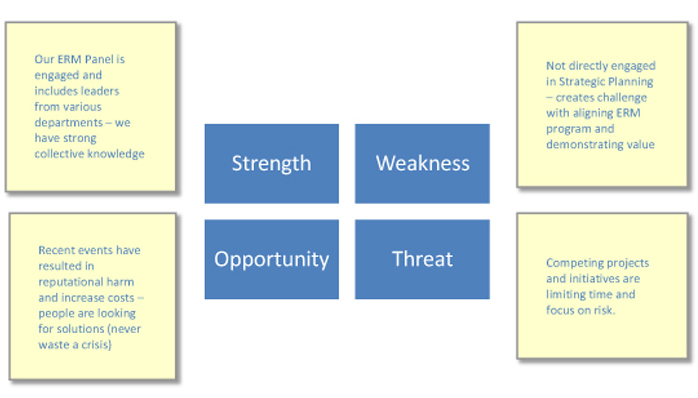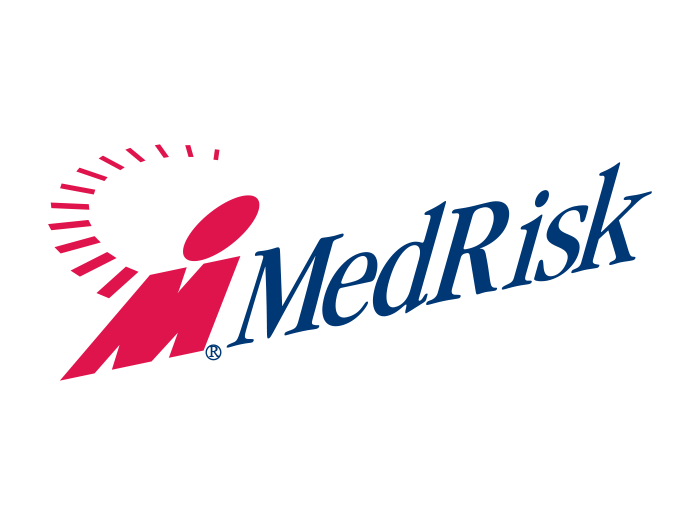Risk Insider: Grace Crickette
ERM and the Art of War: Tactics
This is the fourth chapter in Grace Crickette’s series of posts focused on how to gracefully bring together traditional risk management, change management techniques and enterprise risk management concepts by using phrases and tactics to develop strategies devised by Sun Tzu, a Chinese military general, strategist and philosopher.
MAKE ERM, NOT WAR
Chapter IV: Tactics
- What is our current reputation?
- Do we have weaknesses in our current program?
- Do we have good news we can publish?
Art of War Key Principal: Inherent Advantages and Disadvantages: Understand, and guard against, the inherent disadvantage in every advantageous situation. (If it sounds too good to be true it probably is). Likewise, be alert to capitalizing on advantages that occur in distressed situations (Never waste a crisis).
If it sounds too good to be true it probably is, even if it is your own truth. We can be so impassioned about our ERM program, that we don’t recognize that it might have flaws and that our approach might be harming our reputation. What is your team’s reputation? Are you seen as problem solvers who efficiently deliver value? Or is your program overcomplicated and time consuming? I recommend that not only in the planning process, but that you regularly conduct a SWOT Analysis. Get the team together and some post-it-notes …
We will assess our organization, team and program — SWOT:
- Strengths: characteristics of the business or project that give it an advantage over others.
- Weaknesses: characteristics that place the business or project at a disadvantage relative to others
- Opportunities: elements that the project could exploit to its advantage
- Threats: elements in the environment that could cause trouble for the business or project
Out of this exercise you might come up with the following solutions: Expand our ERM panel to include a representative that is leading Strategic Planning, or produce a one page executive report that highlights how ERM would have prevented or mitigated unwanted events, or integrate ERM into one or more of the more high-profile initiatives.
But, no matter what good work you do, if others don’t know about the value you are delivering, you will never win the war!
Our Good News Plan:
While you’re building your program, begin to publish even the smallest of “victories”. It may be a positive result that your team has had outside of the ERM program – “we reduced the injuries in the foodservice group by 10 percent in the last year by conducting weekly meetings with line workers who led discussions on safety…” Get one of the workers to give a testimonial.
The idea is to publish often, tell real stories about how lives are impacted, and build your teams’ reputation as problem solvers. Then as you progress with delivering your “good news” messages about your ERM Program you will already have people’s attention and respect.
Publish often and in many forms: website, small posters, handouts, internal publications, and external publications.
Key Takeaway: Develop tactics that consider the advantages and disadvantages of your organization, your team, and your ERM program. Claim even the smallest victories and communicate them out often and through as many channels as possible. Focus your team on positively impacting people and solving problems.
Remember — it’s not Risk Management, it’s Change Management!
Read all of Grace Crickette’s Risk Insider articles.











